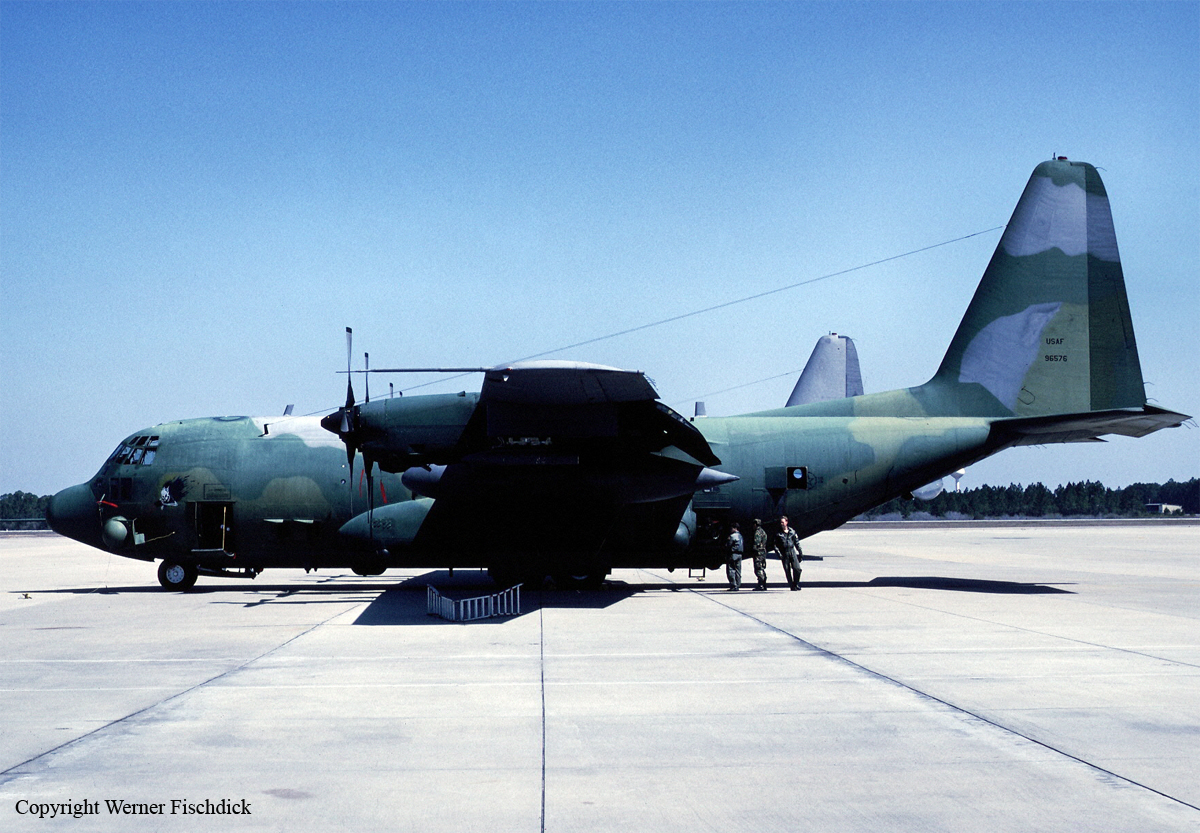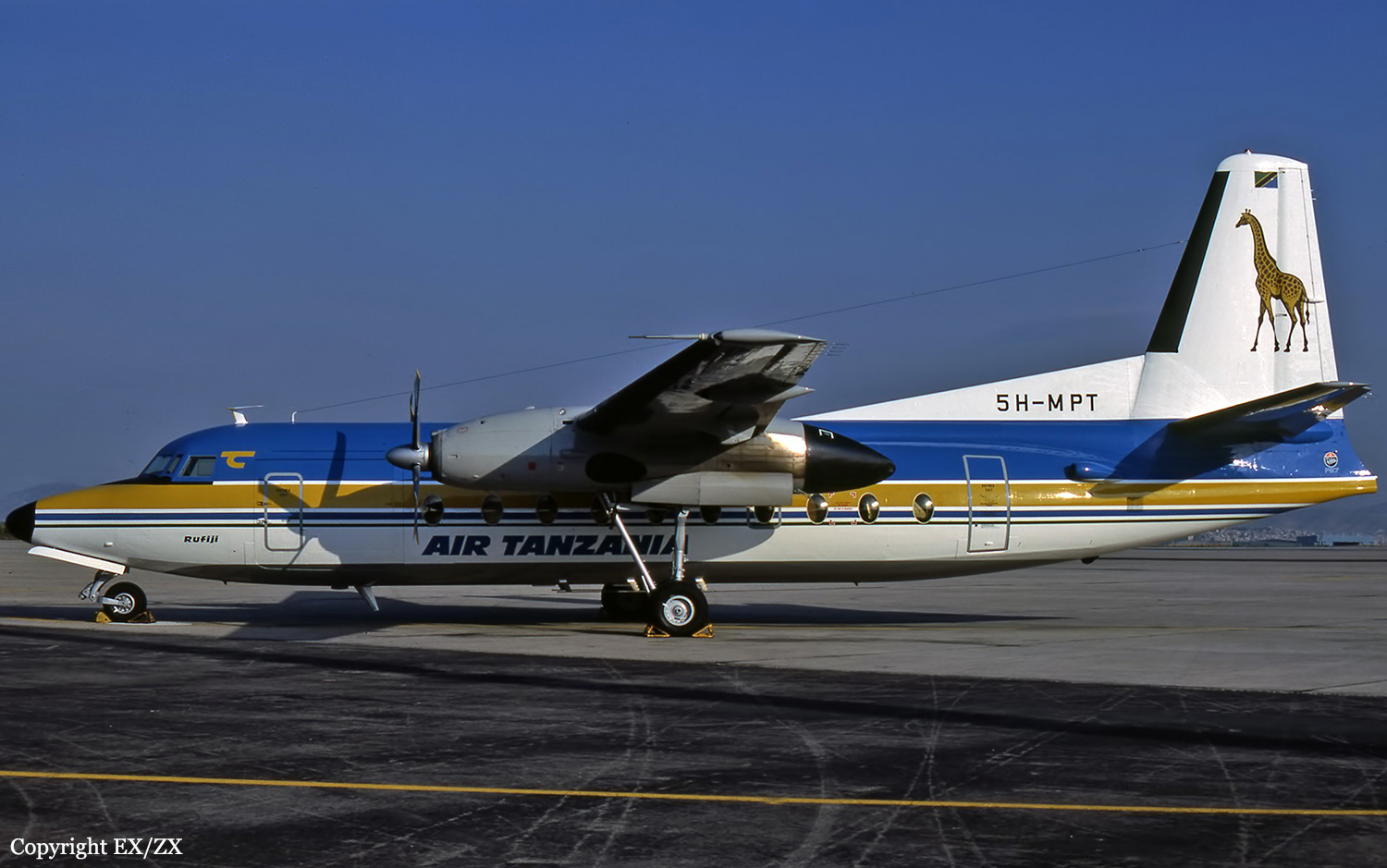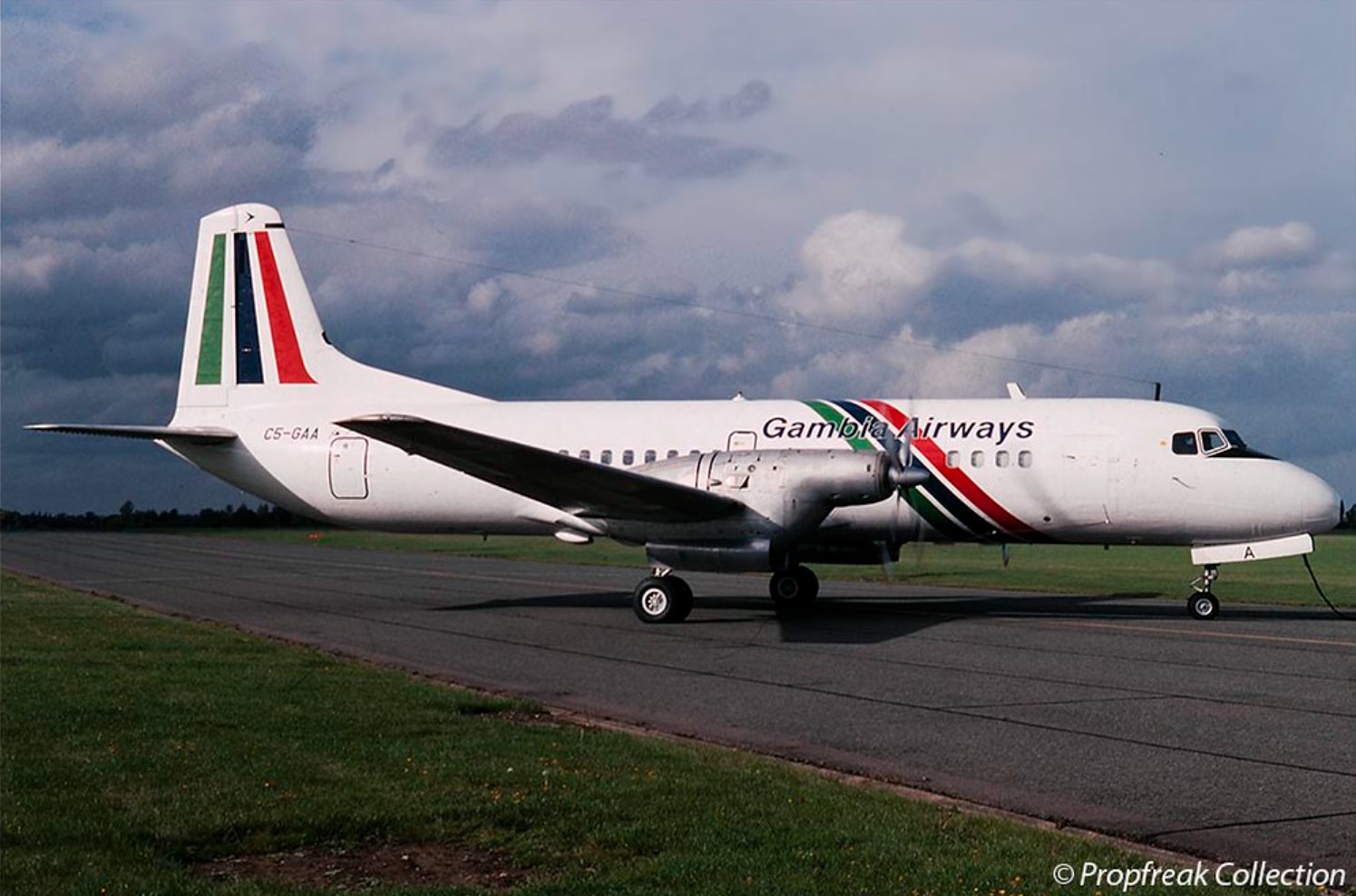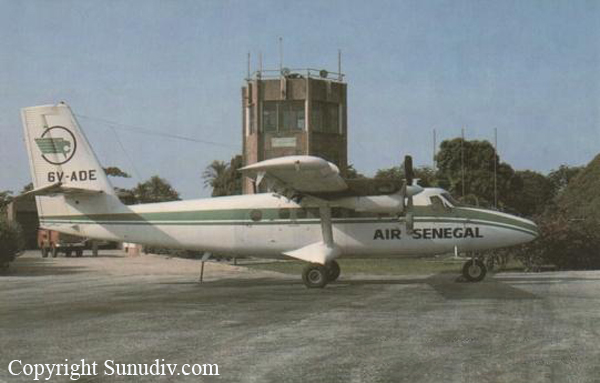Crash of a Britten-Norman BN-2A-21 Islander near Cabinda
Date & Time:
Mar 16, 1994
Registration:
D2-ECE
Survivors:
Yes
Schedule:
Luanda - Cabinda
MSN:
903
YOM:
1981
Crew on board:
1
Crew fatalities:
Pax on board:
0
Pax fatalities:
Other fatalities:
Total fatalities:
0
Circumstances:
En route to Cabinda on a cargo flight, the pilot reported problems with the right engine. He elected to make an emergency landing when the aircraft crash landed in an open field located 16 km from Cabinda Airport. The aircraft was damaged beyond repair and the pilot escaped uninjured. At the time of the accident, weather conditions were poor.
Probable cause:
Engine problems for unknown reasons.











